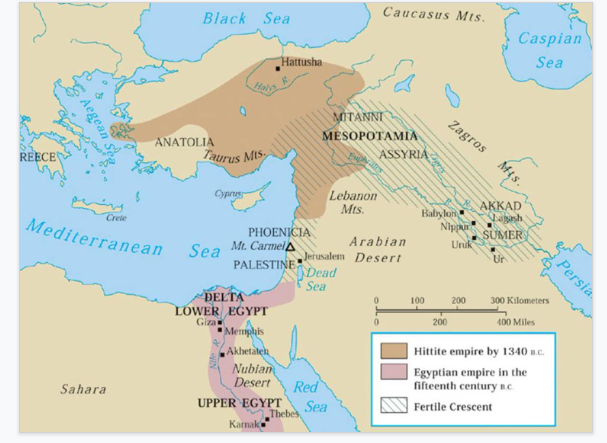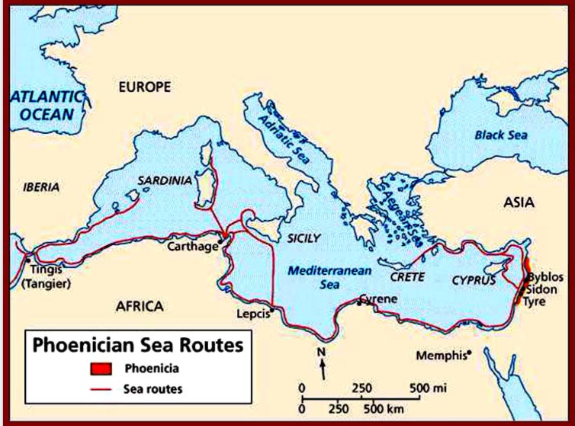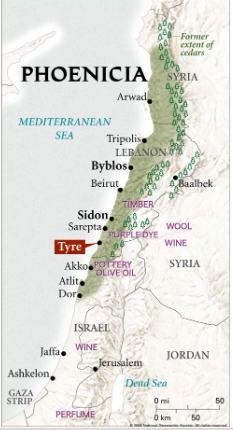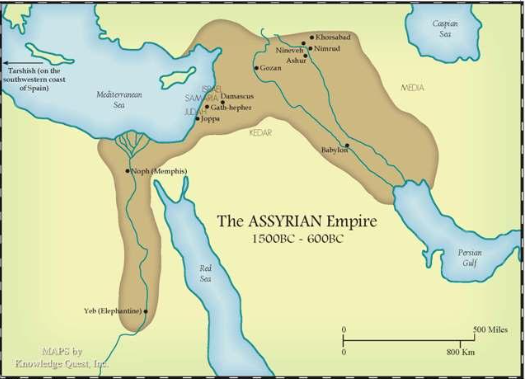Note
0.0(0)
Explore Top Notes Note
Note Studied by 104 people
Studied by 104 people Note
Note Studied by 45 people
Studied by 45 people Note
Note Studied by 17 people
Studied by 17 people Note
Note Studied by 9 people
Studied by 9 people Note
Note Studied by 8 people
Studied by 8 people Note
Note Studied by 51 people
Studied by 51 people
Chapter 1 - Fluid Mechanics
5.0(1)
Physics: Electricity, Circuits, and Electromagnetism
5.0(2)
STAAR/BENCHMARK REVIEW BIOLOGY
5.0(1)
Massey et al. 1998
5.0(1)
Walker, Chapter 6 (106-132)
5.0(1)
Grammar
5.0(1)
Hittites, Phoenicians, and Assyrians
Hittites:
- Controlled Anatolia in 2000 B.C.E
- City-states join to form empire in 1650 B.C.E
- Borrowed ideas from Mesopotamian culture, wrote in cuneiform
Lived north of Mesopotamia, modern day turkey.

Hittite Technology
- Skillful in war- had superior iron weapons and chariot
Around 1190 B.C.E. the empire falls due to attacks from northern tribes/sea people.
Phoenicians
- Powerful traders in wealthy city-states along the Mediterranean
- Skilled shipbuilders, seafarers; sailed past the Straits of Gibraltar
SEA ROUTES:

Had colonies in western and central Mediterranean
- Carthage was the greatest
Famous for red-purple dye
TRADE ROUTES:

Legacy was a system of writing to record trade deals. It was later developed into western alphabet.
Assyrians
Known for their combat skills. They were especially brutal and cruel.
- Used military might to acquire empire across southwest Asia
- Glorified armies wore metal armor, copper helmets, leather protection
- Used iron weapons, engineering skill, and brute force to conquer cities
- Killed, enslaved, or banished captive people to distant lands
The Assyrian Empire had no mercy for the lands that they conquered.
Defeated Syria, Palestine, & Babylonia: 850-650 BCE
Collected taxes and tributes (slaves) from conquered lands

Assyrian Culture:
- Rulers (including Ashurbanipal) built great cities
- Capital at Nineveh
- Carved sculptures of military campaigns and lion hunts
- Library of 20,000 cuneiform tablets
- including Epic of Gilgamesh
Decline and Fall of the Assyrians:
- Army of Chaldeans (people of Babylon ) revolted and destroyed Nineveh
- Chaldean King Nebuchadnezzar makes Babylon the capital city of the Chaldean Empire
- Famous for the Hanging Gardens of Babylon
Note
0.0(0)
Explore Top Notes Note
Note Studied by 104 people
Studied by 104 people Note
Note Studied by 45 people
Studied by 45 people Note
Note Studied by 17 people
Studied by 17 people Note
Note Studied by 9 people
Studied by 9 people Note
Note Studied by 8 people
Studied by 8 people Note
Note Studied by 51 people
Studied by 51 people
Chapter 1 - Fluid Mechanics
5.0(1)
Physics: Electricity, Circuits, and Electromagnetism
5.0(2)
STAAR/BENCHMARK REVIEW BIOLOGY
5.0(1)
Massey et al. 1998
5.0(1)
Walker, Chapter 6 (106-132)
5.0(1)
Grammar
5.0(1)